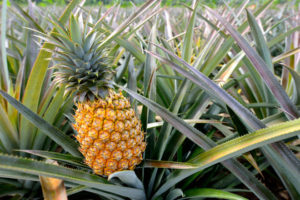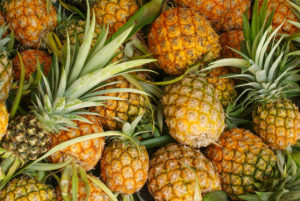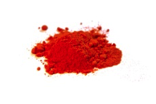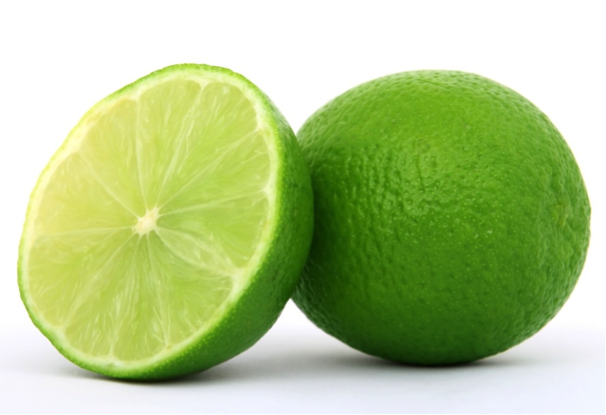I know you have ever tasted this delicious fruits, well I know less have ever  questioned where they are grown all come from.
questioned where they are grown all come from.
Pineapple is a tropical fruit, the fruits are grown which are grown from crowning an already ripened fruits are favorite for many.
History of pineapple growing
This fruit is believed to come from parts of South America originally thus it an indigenous fruits from those areas of Brazil and Paraguay. Of late, the fruit has been widely domesticated and widely grown all over the world.
Where pineapple is grown they have a flowering period of between 5-10 months and an estimated time of fruiting equals to 6 months.
The original inhabits of the South America where the fruits first discovered or emerged, did great work of spreading it across the other worlds. Columbus who by then was an explorer came across this fruit back in those early days while he was exploring the Leeward Islands, with him he brought it back to his country Spain. He made history as he was the first who made the Bromeliad introduce to the humans from the new worlds.
The Spanish later introduced this fruits it into the Hawaii, Zimbabwe, Guam, and the Philippines also the Portuguese took part in spreading this fruits as in 1550 they introduced it the India, To the Northern Europe the pineapple was brought by the Dutch.
The pineapple due to their nature of cultivation they were regarded to be of the rich and wealthy who could by then afford the kind of labor that this fruits required. Of interest is that by then they were used mainly for display and they were not eaten unless the begun to rot.
In the United States, the large-scale production of the pineapple started in the 1900s.
Current trends in pineapple growing
As of the year 2013, there were about 24.8 M tons of pineapple, from top five growing countries entering the word market and out of those almost have of them came from the country called Costa Rica.
On the same notice the � of the pineapple that was sold in the Europe were also from the Costa Rica, In this country, the pineapple growing is a commercial entity and is highly industrialized.
Other countries in the list of the top producers include the Philippines, Brazil, Thailand and finally India.
In details, China Brazil, Philippines are the main world pineapple producers and with whom they supply 52% of the world total output.
The other producers who provide the rest of about 48% include the India, Kenya, Nigeria, Indonesia, Costa Rica and Mexico.
Conclusion
The pineapple growing in the modern world is an entity, There is a large and growing consumer of this fruits whom they raise the demand for it.While growing this fruits in commercial kind of farming the flowering can be induced artificially this leads to early growing and harvesting of this fruit, as a situation that is used in order to encourage the formation of smaller fruits. Finally, after that mature fruit has been removed from the field then a new plant will be planted by cutting or crowing the top of the fruit.
Hope now you are informed where the pineapples grow. This fruit can be consumed in many forms but the most notable form is the fruit form.
 Be that as it may, the Europeans were not certain how to develop the products of the soil entry into Europe just started around the late sixteenth Century taking the Europeans very nearly two long hundreds of years to ponder and improve this abundantly wanted an organic product. Once in Europe, this heavenly organic product inevitably wove its way into Holland and England. The English society was exceptionally awed with the primary pineapple made by the Royal Gardener, Mr. John Rose for Charles II that it additionally motivated Hendrick Danckerts to paint the photo of the presentation of the natural product in 1675. The greatly commended pineapple was then developed in India and spread to China and in 1777, made accessible in the Pacific Islands through Captain Cook.
Be that as it may, the Europeans were not certain how to develop the products of the soil entry into Europe just started around the late sixteenth Century taking the Europeans very nearly two long hundreds of years to ponder and improve this abundantly wanted an organic product. Once in Europe, this heavenly organic product inevitably wove its way into Holland and England. The English society was exceptionally awed with the primary pineapple made by the Royal Gardener, Mr. John Rose for Charles II that it additionally motivated Hendrick Danckerts to paint the photo of the presentation of the natural product in 1675. The greatly commended pineapple was then developed in India and spread to China and in 1777, made accessible in the Pacific Islands through Captain Cook.



